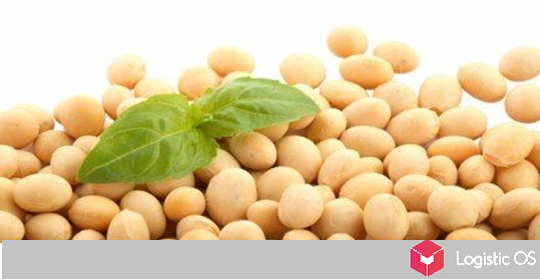Farmers are urged not to delay purchases.
Several significant factors have led to a decline in nitrogen fertilizer production worldwide:
Rising natural gas prices in Europe
Hurricane in Louisiana
Power outages in China
Delays in deliveries.
The last point is a consequence of transport problems:
Panamax rates double the start of the year
Lack of shipping containers
Record number of ships anchored in ports awaiting loading.
And although sales of fertilizers decreased in September, all of the above factors contribute to an increase in purchases, despite the not most favorable time for farmers: farmers in many countries are suffering losses due to a poor harvest, contracts are being concluded with grain buyers and crop insurance is underway.
Urea is breaking all price records, but against the backdrop of steadily rising wheat prices, analysts consider fertilizer purchases cost-effective.
For reference:
Urea (urea) is a granular fertilizer containing 46% nitrogen.
Fertilizer is used for all types of soils for all crops as the main fertilizer.
Also used for feeding winter crops, vegetables and row crops.
Urea prices are expected to rise in spring as well, as high demand from the US and Brazil is expected.
Phosphate prices are close to the 2009 highs.
If world fertilizer prices remain at such high levels, maize growers, for example, could cut acreage, or shift to pulses, or simply cut application rates.

